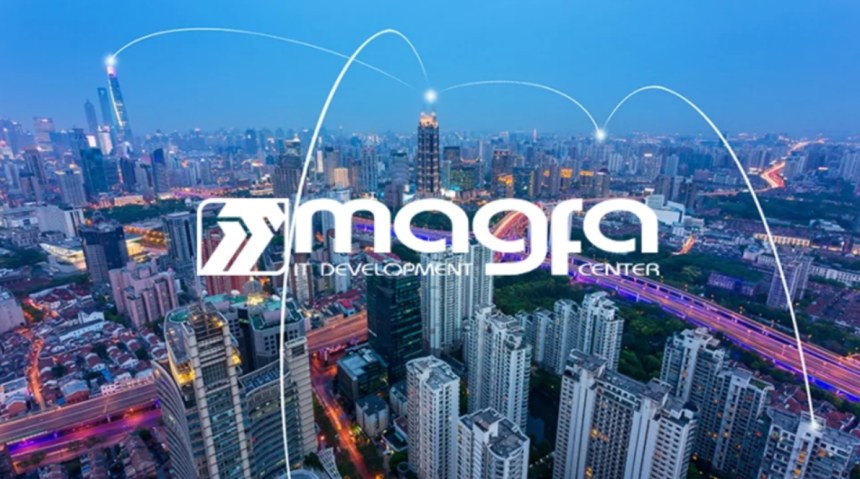By: Trends Editorial Team

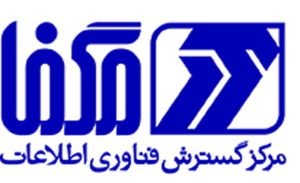 Mohammad Reza Mirza Amini is the Smart City projects Manager of Magfa Company and has been actively working in developing new businesses and implementing smart systems for more than a decade.
Mohammad Reza Mirza Amini is the Smart City projects Manager of Magfa Company and has been actively working in developing new businesses and implementing smart systems for more than a decade.
Thank you so much for giving Trends this exclusive interview despite your busy schedule, we are very grateful. Please tell us about your organization and your own work related to Smart City initiative(s) in Iran.
The Center for the Development of Information Technology (Magfa) is one of the longest-established state-owned companies whose mission is to develop information technology in the country. Magfa operates in various fields such as messaging, national systems development, and e-government. Over the past decade, Magfa’s strategy has been to move from the above traditional businesses to the development of new technologies and intelligence. Magfa activities in the field of new technologies can be classified into two categories: smart city and smart industry. Over the past five years, through extensive research and development activities, Magfa has created significant technological capabilities in artificial intelligence, the Internet of Things, big data and data mining, enterprise integration, and blockchain.
In particular, Magfa has played an active role in the development of smart cities in the country in recent years; from providing advice to relevant institutions to holding training courses and implementing various projects.
What is the definition of a “Smart City” and what are the key components of it? What are the benefits to various stakeholders (people, government, industry, visitors/tourists…)?
Over the past few decades, humans have always sought solutions to reduce the problems and challenges of cities, especially in metropolises and megapolises, such as traffic, air pollution, injustice, recession, unemployment and environmental degradation. The simultaneous development of new technologies such as the Internet, large software systems, artificial intelligence, sensors and the Internet of Things, smart phones, geographic information systems, and social networks has led to the emergence of solutions to urban problems and the exploitation of new opportunities.
Smart city is an integrated and data-driven approach to urban development in order to connect the various elements of cities that have been developed in the form of separate silos and is an approach for managers to make decisions based on real and accurate data of the city. In fact, based on the analysis of urban data and continuous learning, the quality of urban management and development in smart cities has improved and the quality of life of citizens has improved as well. The smart city is a path towards the future development of the world’s cities, the vision of which is the formation of a sustainable city. The most important parts of a smart city are smart economy, smart governance, smart transportation, smart citizen, smart living, smart environment, and smart energy, all of which seek to make innovations in their system and management through data management.
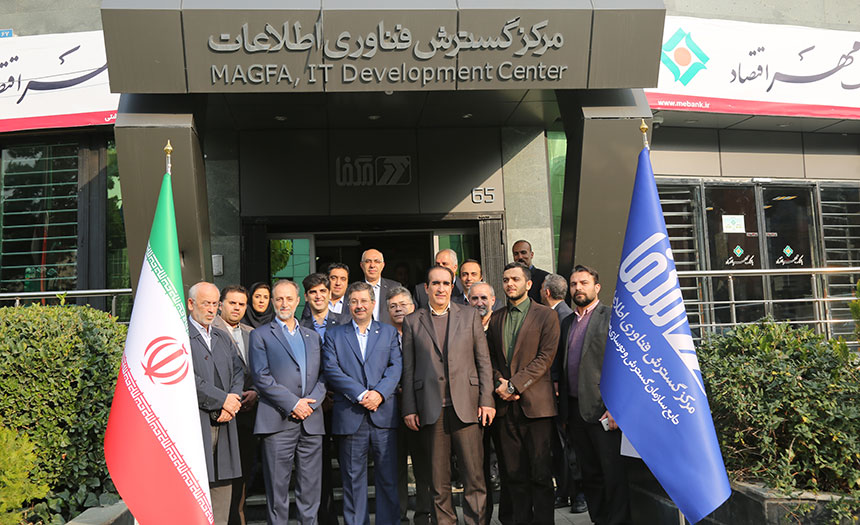
The most important beneficiaries of smart cities are the citizens and residents of such cities, as these smartening strategies will improve their quality of life. Businesses can also facilitate and accelerate the process of innovating their services and products with the help of urban data and the development of various platforms. In addition, urban management can create dynamism in the city, reduce the operating costs of the administration and take advantage of new revenue-generating opportunities. The environment will also be better protected and citizens and businesses will be more involved in sustainable development.
What are the prerequisites for the implementation/development of smart cities (telecom infrastructure, government policy, private sector adoption) and which of the components are more important than others, if any?
The requirements for the implementation and development of a smart city are different in various cities of the world and in Iran. Depending on the conditions and level of maturity of cities and their priority issues, different needs arise. In Iran in general, we can say that the first priority is the legal and structural requirements at the level of urban management, such as the realization of integrated urban management, legal framework of public-private partnership, data management and open data policy, urban economic independence and security considerations.
Next level is the development of an urban innovation system that supports the entrepreneurial ecosystem and the development of technology and knowledge, and provides the basis for private sector investment in urban infrastructure and public services. Underlying all these issues are the citizens, and serious programs must be provided to create a culture and involve them in urban issues.
Where is Iran with regards to the smart city development? Who is in charge of the master plan(s)? When did it all start? Which city (ies) are leaders in the implementation of the smart city concept in Iran? What are the future plans for further development of smart cities?
In recent years, there have been movements in the field of smart city development in Iran, which are mostly scattered and lack the necessary seriousness and mechanisms. Since we do not have integrated urban management in Iran and more than 50 different and diverse organizations independently provide services in cities, there has been practically no possibility of comprehensive planning and management of smart city development (in the true sense of the word). In some metropolises, such as Tehran and Mashhad, initial planning (in the form of a study plan) for the development of a smart city has been done by municipalities, but in fact has not been implemented. Of course, in cities such as Mashhad, Tehran, Tabriz, Yazd, Arak, Qom, Isfahan and Shiraz, projects have been symbolically defined and implemented, but due to lack of proper and operational definition of projects, have not been welcomed by the private sector and the public, and as a result have not turned into a steady stream. Magfa and the Austrian Institute of Technology also have a joint project underway to develop a comprehensive smart city plan for the port of Bushehr. This project seeks to identify the priorities of Bushehr city and formulate a strategy for creating urban transformation for it. The output of this project is a roadmap for the implementation of projects and smartening measures that will be presented along with a set of investment packages for selected projects and pilots.
In some upstream institutions and organizations such as the Organization of Municipalities and Rural Affairs, the Information Technology Organization, the National Cyberspace Center, and the Passive Defense Organization, policies have been implemented in this regard, but no tangible and usable output has been provided to users.
How do other components of the smart city initiatives (smart energy, smart buildings, smart health, smart cars, smart logistics…) fit into the greater concept? What are some of the initiatives in Iran with regards to each of them?
Other elements of smartening can also be placed under the concept of smart city, especially if their main activity is within the city limits. But this is not mandatory. Some topics such as smart energy, smart health, smart logistics, smart cars, smart industry, smart mining and the like are national and beyond the metropolitan issues and have their own trustees who seek to use smartening concepts in their field of work and they are not necessarily in the urban management ecosystem (public or private).
For example, projects such as connected vehicle technology (CVT), cases in the field of intelligent industry (Fourth Industrial Revolution), applications in the field of Internet of Things, intelligent transportation systems (ITS) and similar cases have been defined and implemented in the country (sometimes in Pilot format) but have not been extended to the whole country or major cities.
How has the Covid-19 pandemic affected the smart city initiatives in Iran? Is the crisis further pushing for faster implementation of smart cities or slowing it down? What are the opportunities and challenges for the roll out of smart cities after the pandemic?
The Coronavirus pandemic crisis around the world has accelerated smart projects and smart cities; For example, the provision of electronic and intelligent services has become very widespread. Intelligent systems have also helped government and municipal managers to reduce the risks and threats of Coronavirus, such as monitoring the circulation of infected people and carriers in cities and the whole country, and to provide the necessary analysis of human behavior with the help of artificial intelligence to improve management decisions and coronavirus Crisis Control.
This crisis in Iran further accelerated the development and implementation of e-services and e-government to reduce the number of people resorting to government organizations. Systems such as masks also made it possible to track and monitor the condition of sick citizens. Remote work systems, remote meeting and virtual training systems were also greatly enhanced. In contrast, reduced travel and inter-organizational interactions reduced the possibility of defining smart city projects as well as their priority (sometimes labeled as fantasy projects), and as such hindered the progress of current projects.
6) What are the key current and future trends and developments with regards to smart cities (globally and in Iran)?
Certainly, the issue of smart cities is one of the serious future processes in the development of cities in different countries of the world, and it will gradually show its benefits and opportunities to managers and officials as we move forward. The development of infrastructure technologies such as the Internet of Things and artificial intelligence will be key issues in the field of the smart city. Also, serious attention to the development of smart citizens is one of the topics that is becoming a serious priority in most countries in the field of smart cities.
With the emergence of opportunities there are also threats with respect to smart cities, and therefore serious debates in the field of Data Governance, Open Data, and privacy of citizens are being formed and implemented, which in our country also require serious legislation and policy.
Also the development of new business models (as opposed to the traditional and conventional models that we are familiar with and with which we have experience in Iran) and the practical realization of the frameworks of cooperation between the private and public sectors is one of the issues that will be seriously pursued in the future.
What are some of the key (current and future) projects you are working on right now with regards to the development of smart cities in Iran?
Bushehr Smart City Project is one of the serious and pilot projects in the country in the field of planning and implementation of Smart City, which is midway and requires more serious involvement and dedication of local managers to develop and achieve it. Serious and understanding negotiations have been held for the development of Arak Smart City, which is in progress. The design of the smart urban zone of Tehran has been done by Magfa and Magfa intends to act as a smart zone operator, and this project is going through its negotiations and executive and administrative steps. In the field of education and culture building of the smart city, Magfa has prepared and implemented a joint training course with the municipality of Tehran, which is also being put into action in some other cities in Iran.
Launching the Center for Excellence in Smart Cities of Iran is one of the most important measures of Magfa in creating interaction among the stakeholders of the smart city, and also a priority is sharing the knowledge created in this field between the experts of the smart city. This center is a member of the highly regarded center of organization for International Economic Relations (OiER), which is the director of the United Nations for Smart Sustainable Cities Development Program (U4SSC). Creating interaction between domestic and foreign activists of the smart city is one of the goals of launching this center of excellence in the country.

Hamed Moaddab Shaar is the Vice President of Development and Technology of Magfa Company. He has a graduate degree in Master of Information Technology Engineering and Advanced Business Administration (DBA).
Thank you so much for giving Trends this exclusive interview despite your busy schedule, we are very grateful. Please tell us about your organization and your own work related to Smart City initiative(s) in Iran.
I thank you for your attention to the issue of smart cities. As one of the pioneers in new technologies in the fields of information and communication in Iran, for over 5 years Magfa has tried to conceptualize these macro technologies in areas such as smart organization, smart city, and smart industry. These efforts have also included large applications of these technologies as a prerequisite for smartening in all aspects of governance, business, and lifestyle, and have yielded significant achievements in creation of the required infrastructure in different capacities for this purpose.
Please explain about the Center for Excellence in Smart Cities of Iran, and how did the idea of implementing it start?
As mentioned, Magfa has started its activities in the past several years as a pioneer in smart cities with a global standard approach in this category. During this period, which began with the Bushehr Smart City project with the joint collaboration of Magfa and AIT Austria, we encountered many conceptual, technical and operational complexities.
Main challenges we faced were in two areas:
The first was challenges we encountered at the municipal, urban management and operational structure levels of cities. Many major cities invited Magfa to enter into negotiations and partnerships to carry out similar projects. But there were problems. In defining the approach to the smart city, for instance, we noticed their positions and expectations were different and sometimes incorrect. The needs and priorities of cities were somewhat known to everyone due to municipal and urban management involvement, but what was lacking were new approaches to solving the existing problems. On the other hand, cities interested in the subject of the smart city did not have a big picture of where to start. The more important issue was that many cities believed that by implementing just one project, they would suddenly turn into a smart city, and this error in judgement made the gap of expectations very wide and complex.
Another major problem in realizing the smart city in Iran is the lack of budget and problems related to providing the required liquidity in implementation of projects. In this respect also, lack of business models in the implementation of successful smart city projects was a deterrent to these cities’ desire to move towards becoming smart cities.
The second area of challenges of the project were institutions and executive mechanisms and technology for the smart city. There are private companies and technology and consulting enterprises that are eager to implement smart city projects in the country. In this respect, universities and scientific centers, consulting companies, and companies offering technological products and services are the three sides of this triangle. Each of these entities, based on their structure and obligations to their stakeholders, seeks to negotiate and define smart city projects in their own way. Naturally, the strategies of each can be different from the other. Municipalities, on the other hand, do not have a precise and necessarily correct approach (for the reasons mentioned in the section above), as is true in all parts of the world. In such an environment, naturally, every activity at the level of urban management and related to the smart city can become inconsistent according to the maturity of the project location (both in terms of management, technological, and operational and execution maturity, as well as the sophistication of participation and investment, etc.).
Notwithstanding the above-mentioned challenges, the idea of creating the first center of excellence of smart cities in Iran with the aim of providing various services, creating partnerships, culture building, education and growth of technological and managerial space of smart cities was in fact created in Iran with the presence of all stakeholders.
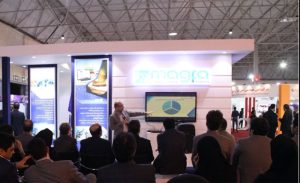
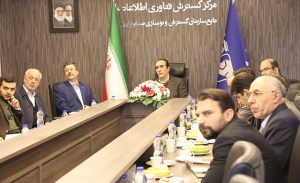
Thank you very much for your explanation., So it seems development of smart cities in Iran has many challenges What are the solutions to counter these challenges in your opinion?
The fact is that the model of urban management for smart cities in our country is different from many leading countries. The scope of authority and operations of municipalities in Iran is limited. As you know, municipalities are referred to as local governors in many international smart city articles and research. Well, naturally in Iran, we have to redefine and update the description of services and duties and the position of municipalities in urban management. We have learned of several key success factors in carrying out smart city projects that we must follow. Then we can claim that our smart city project is correctly defined and the path drawn for implementation will lead to success.
These key factors are:
1- Seeing realization of a smart city as a journey
2- Mutual determination and coordination at city and provincial level
3- Giving priority to local and provincial capacities
4- Development of a specific approach to the smart city for each city
5- Creation of a working executive model and reasonable scheduling for implementation of the projects
6- Integration of technical projects for implementation
7-Support and protection for investment of stakeholders during the projects
The combination of these 7 guidelines will give us a high chance for success in bringing smart cities to Iran.
Very well, explain about the goals and services of the Center of Excellence?
As I mentioned previously, this center of excellence aims to create a national network of smart cities in Iran with a synergistic approach, following three major steps:
– Development of cooperation of smart city stakeholders in Iran with international collaborators and networks with the idea of developing export of technical and engineering services in the field of smart city and benefiting from the expertise and achievements of global smart city authorities.
– Technical and experimental improvement in the field of design, and implementation of smart cities based on international expertise obtained from such sources as the United Nations for Smart Sustainable Cities Development Program (U4SSC) and the Center for Excellence Smart and Sustainable Cities, as well as the capabilities of domestic technology companies and experts
– Creating a Network of powerbrokers and participants in the field of smart city at the national level using common terminology, and promoting interaction between government and public institutions, businesses and scientific, academic and research centers
Iran Smart Cities Excellence Center represents Iran in the United Nations u4ssc global program. More information is available on the Center’s website at https://smarttogether.ir/.


